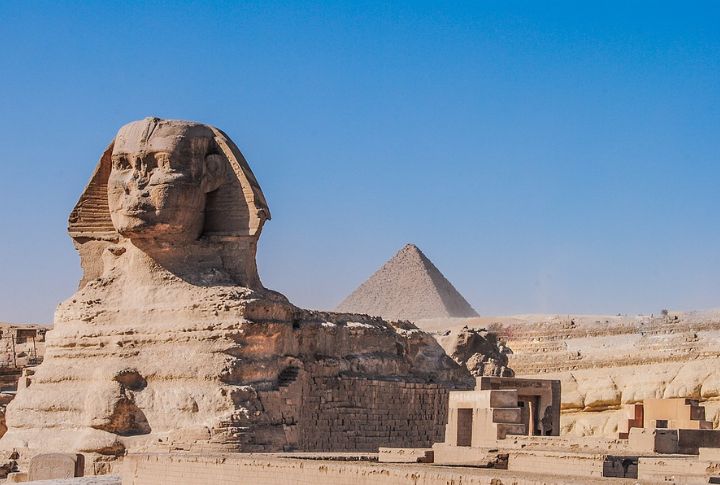
Human hands have preserved wonders, but they’ve also broken them beyond repair. Across centuries, priceless artifacts have suffered from wars, accidents, greed, and carelessness. What remains tells a complicated story—not just of beauty and history but of mistakes we can never fully undo.
The Buddhas Of Bamiyan, Afghanistan
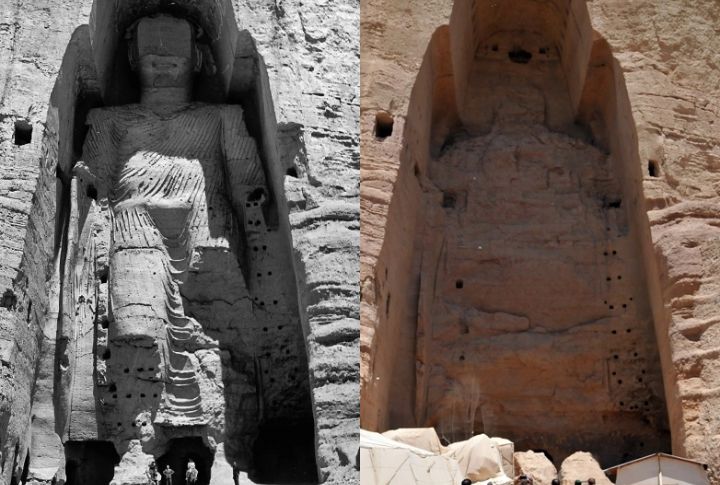
Centuries of reverence ended in seconds when explosives brought down these sandstone giants in 2001. Standing tall since the 6th century, they once dominated the Bamiyan Valley. It was an irreversible loss where ideology destroyed heritage, and no restoration can reclaim their original majesty.
King Tutankhamun’s Mask, Egypt
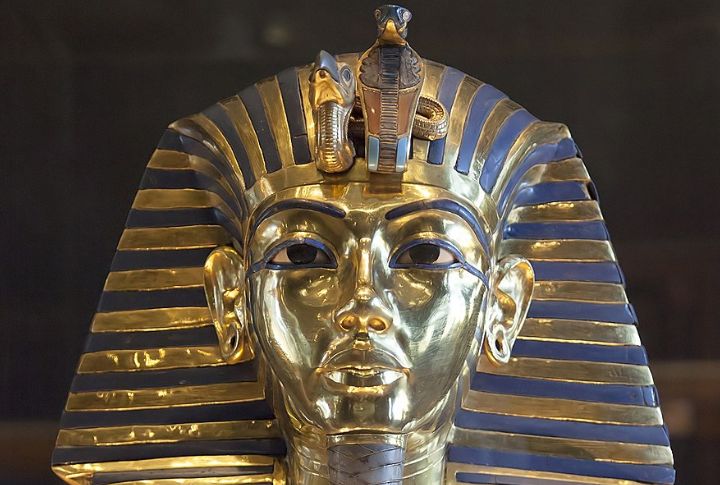
Cairo’s Egyptian Museum staff damaged King Tutankhamun’s burial mask during cleaning in 2014 when the ceremonial beard broke off. An unsuitable adhesive was used to reattach it, leaving visible marks. Not only was a piece of ancient history destroyed, but the mishandling also highlighted serious concerns about conservation oversight and museum protocol.
Bronze Age Jar, Haifa
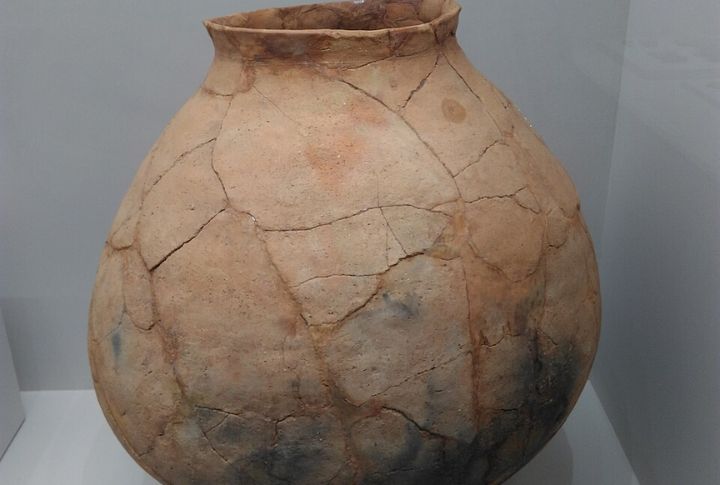
Toddlers and ancient pottery don’t belong in the same space. In 2019, a 4-year-old visitor accidentally knocked over a 3,500-year-old jar at Israel’s Hecht Museum, causing it to shatter. The incident wasn’t malicious— it was just the unfortunate result of displaying a priceless artifact without any protective barrier.
Frescoes Of Pompeii, Italy
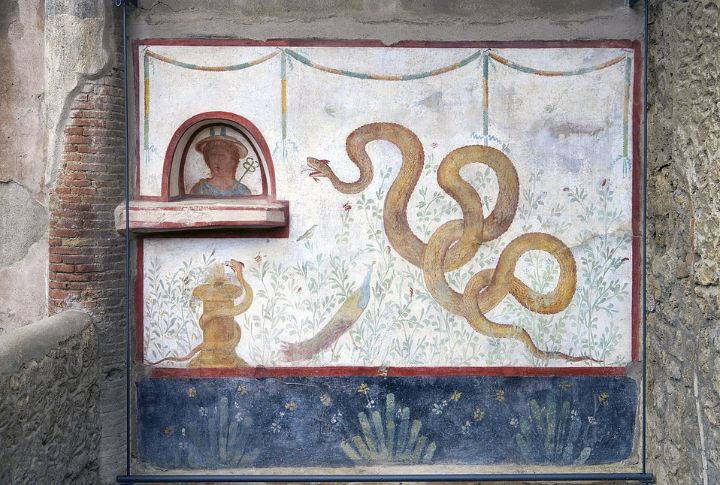
When Pompeii was unearthed in the 18th century, its delicate wall paintings were exposed without protection. Over the years, exposure to the elements faded their formerly vibrant colors. This damage, which could have been avoidable at the time, reveals an era of archaeological passion that moved faster than preservation efforts.
Siloam Inscription, Jerusalem
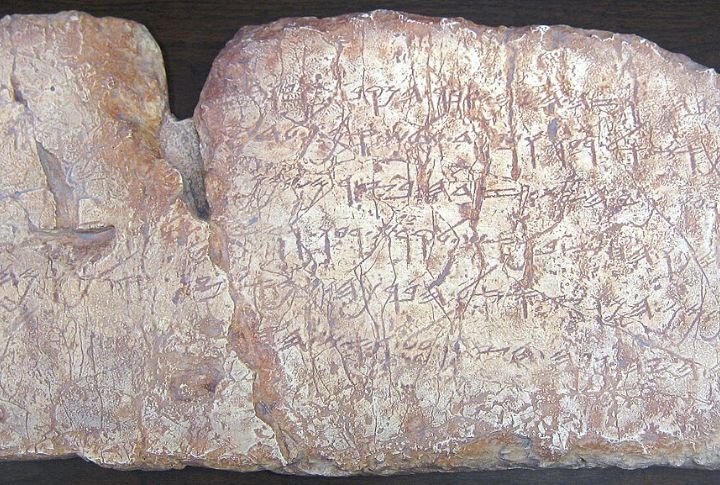
By 1890, workers trying to move the ancient Siloam Inscription shattered it into fragments. Although later restored, the breaks remain visible, and parts of the carving were permanently lost. The artifact survives today, but its original form and full visual impact were never fully recovered.
Elgin Marbles, London
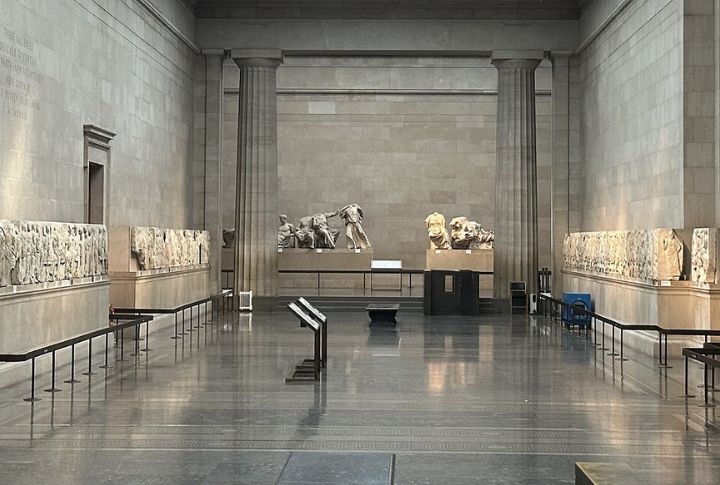
Lord Elgin removed these classical sculptures from the Parthenon in the early 1800s. They suffered damage during transport and cleaning. Harsh 20th-century scrubbing at the British Museum further eroded fine details, making them a cautionary tale of colonial extraction and conservation gone wrong.
Statue Of Hercules (Baths Of Caracalla), Italy
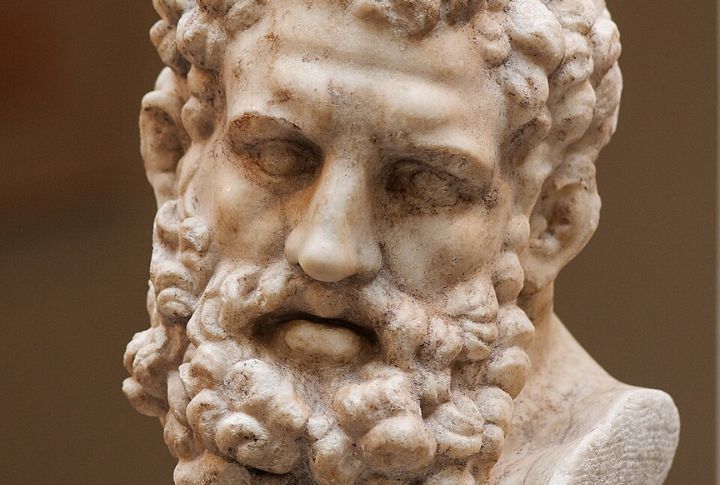
Unearthed in 1546 at Rome’s Baths of Caracalla, the colossal Farnese Hercules endured centuries underground before flawed restoration altered its legacy. Missing legs were replaced during the Renaissance, only for the originals to surface later—a lasting reminder that human mistakes can also change history just like time does.
Qing Dynasty Vases, Cambridge
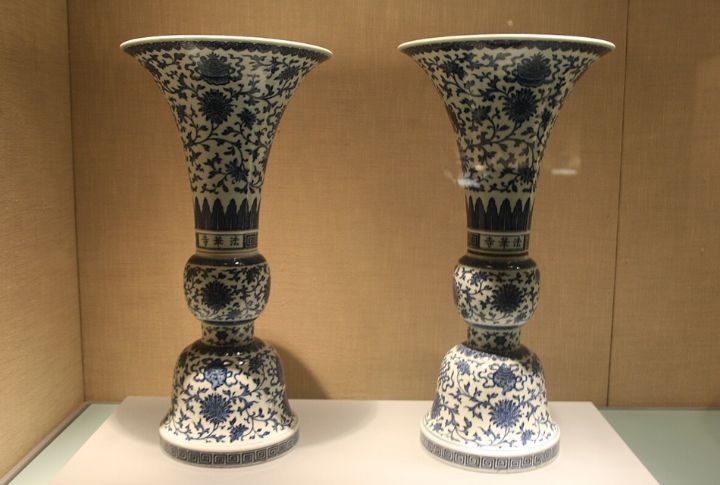
One misstep turned into a cultural catastrophe. That’s precisely what happened in 2006 when a man fell into three Chinese vases at the Fitzwilliam Museum. The crash was loud, messy, and final. Conservation experts had to spend months restoring the delicate 17th-century porcelain to put them back together, and yet they were never the same.
Library Of Alexandria Scrolls, Egypt
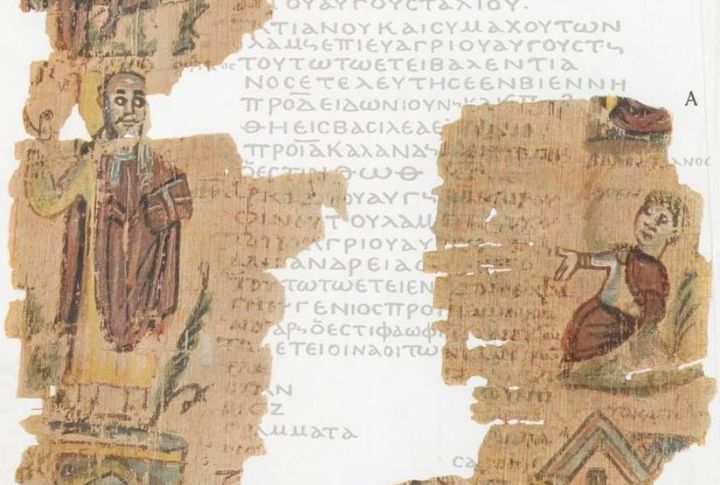
Once holding up to 700,000 scrolls, the Library of Alexandria stood as a center of learning. Julius Caesar’s siege in 48 BCE triggered a devastating fire, and later neglect finished the job, wiping out irreplaceable works of science, history, and philosophy.
Sculpture Of Pauline Bonaparte, Possagno

This one’s painful to even picture. A tourist sat on a marble statue to take a selfie, snapping off toes from Canova’s 200-year-old sculpture. The museum later identified the individual through surveillance and entry records, reinforcing the importance of monitoring and visitor accountability in cultural institutions.
Ecce Homo Fresco, Borja

Cecilia Gimenez, a parishioner, thought she’d help her church by touching up a faded fresco in 2012. Instead, the image of Christ turned cartoonish and went viral. The incident sparked a global debate about amateur restoration and unexpectedly turned Borja, Spain, into a tourism hotspot as visitors flocked to see the infamous “restoration.”
Great Sphinx Of Giza, Egypt
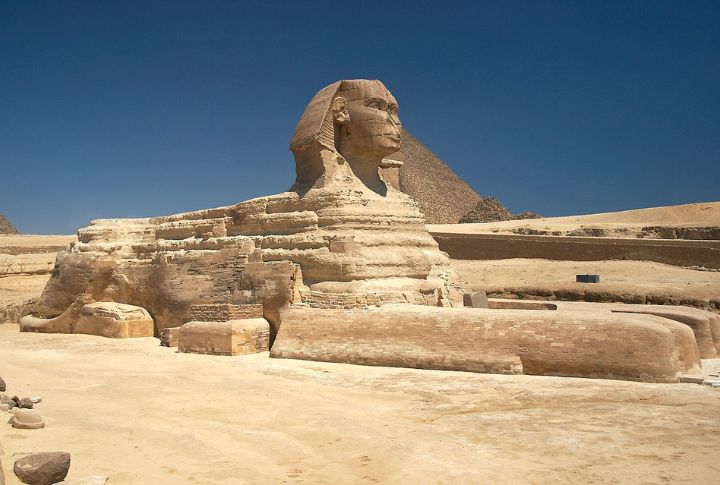
Ever wondered why the Sphinx has no nose? That wasn’t erosion—it was hacked off, likely in the 1300s, by iconoclasts. The nose’s removal is often attributed to religious extremists who sought to deface symbols of power. While myths surround its loss, historical records point to deliberate destruction.
Star-Spangled Banner Flag, Washington DC

The iconic 1814 flag, which symbolized American resilience, was cut into pieces and distributed as keepsakes. Over 200 inches were removed, turning a cherished national artifact into fragmented relics. The remainder is now carefully preserved at the Smithsonian’s National Museum of American History today.
House Of The Chaste Lovers Frescoes, Pompeii
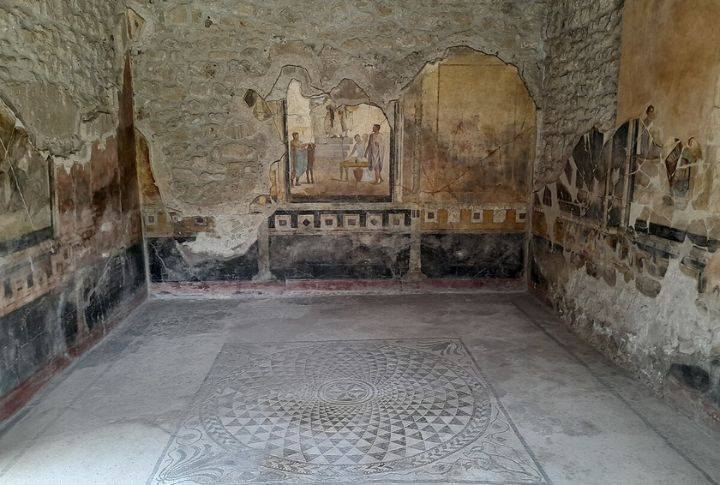
Thieves didn’t just steal art—they ripped away the narrative. In the 20th century, frescoes from this ancient home disappeared into the black market, leaving blank walls and unanswered questions. What remains offers only fragments of the story, stripped of the context that gave it life.
Royal Alcazar Artifacts, Madrid
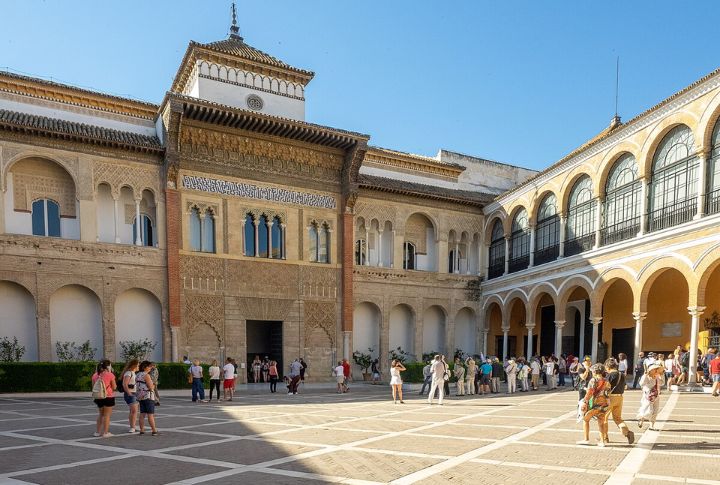
In 1734, a fire that began in Jean Ranc’s quarters consumed Spain’s Royal Alcazar. Poor planning and lack of fire prevention allowed the flames to spread unchecked. Priceless masterpieces by Rubens, Velazquez, and centuries of royal archives were lost in the disaster.
Flowers By Paolo Porpora, Taipei

In 2015, a 12-year-old lost balance and punched through a $1.5 million still life by Paolo Porpora. No sufficient protective barrier was in place, and the painting, part of an exhibition at Taipei’s Huashan 1914 Creative Park, was left substantially damaged.
Terracotta Warriors, China
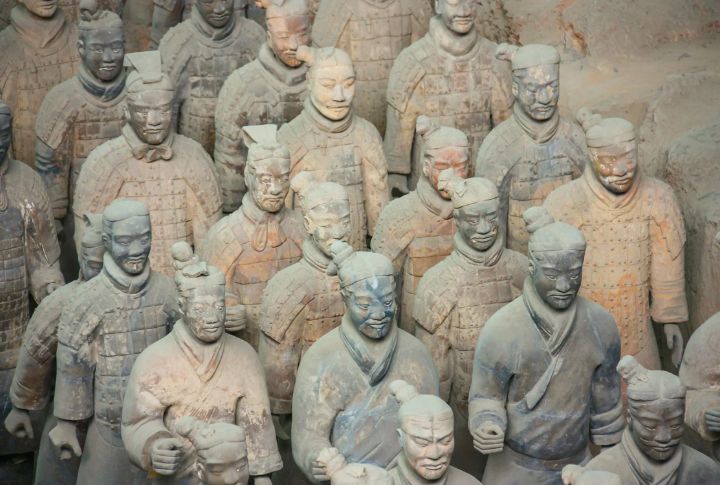
When farmers accidentally uncovered the Terracotta Army in 1974, they exposed the ancient figures to air after being sealed for over 2,000 years. Poor early excavation methods caused irreversible fading of the original vibrant paint, and some statues even crumbled during rushed recovery efforts, losing details forever.
Maya Codices, Mexico
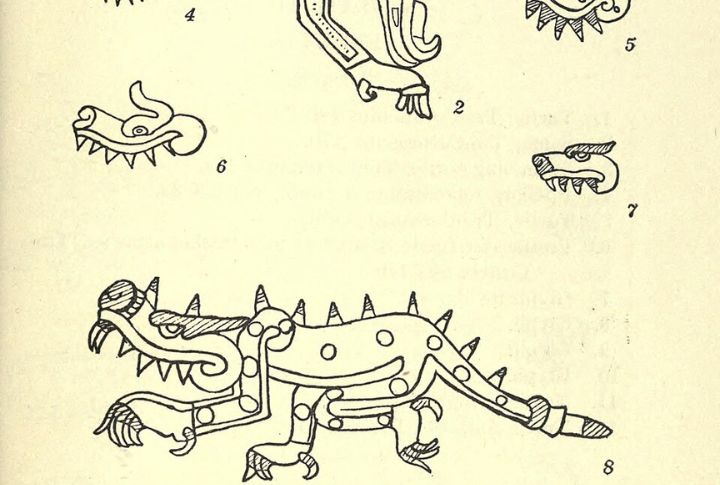
Vast knowledge vanished when Spanish conquistadors burned most Maya codices in the 1500s, believing them to be heretical. These manuscripts held insights into astronomy, rituals, and history. Only four remain today, making the loss more than cultural as it erased generations of written history in a matter of days.
Stone Tablets From Nineveh, Iraq

In 2015, ISIS militants deliberately destroyed priceless Assyrian artifacts dating back to 700 BCE. Using sledgehammers and drills, they targeted statues, reliefs, and sacred objects in Mosul’s museum and archaeological sites. This erased tangible links to one of history’s oldest civilizations in a campaign of cultural annihilation.
Nero’s Golden House Frescoes, Rome

Once dripping with rare materials and richly painted walls, Nero’s Domus Aurea was buried deliberately after his fall from power. Later, emperors built new monuments above it. When rediscovered centuries later, early visitors left graffiti, and modern neglect worsened the damage to this once-lavish masterpiece.

